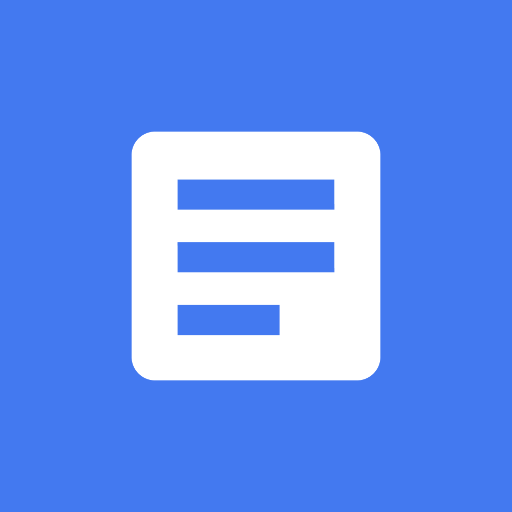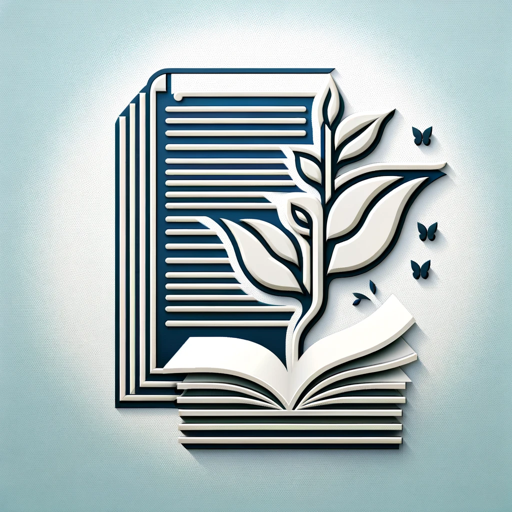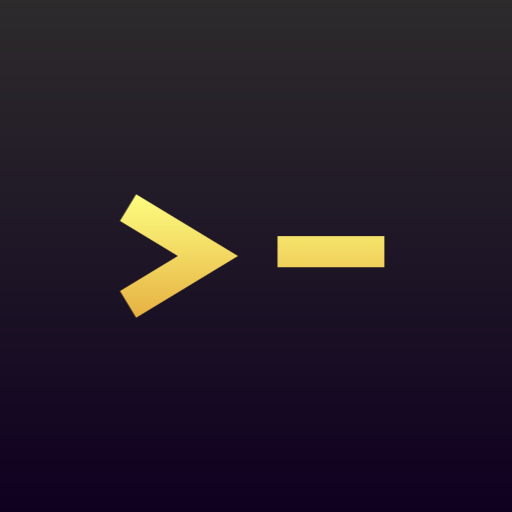Document Design-AI-powered document design
AI-Powered Document Creation
List every type of document structure.
Business report structure.
Tips for writing a short story.
Blog post formatting.
Related Tools
Load More
Latex
Expert in latex, its uses, and material science aspects.

Docs
Create entire Google Docs in one prompt

Document Generator
Expert in creating tailored documents.

Review any document
Upload any document for review eg: .doc or .pdf

FORM - Professional Document Layout with Word
Maximizing document professionalism in Microsoft Word. / / copy/paste: The subject is : "...", then fillin with : Commands : /start , /save , /reason , /settings , /new .

Doc Styler
Expert in Word doc formatting. Just paste in your text!
20.0 / 5 (200 votes)
Introduction to Document Design
Document Design refers to the strategic creation and structuring of various written documents to enhance readability, ensure clarity, and effectively communicate information to the intended audience. This involves not only the textual content but also the layout, visual elements, and formatting. Examples include academic papers formatted to specific citation styles, business reports with clear sections and visual data, and creative works that adhere to genre conventions. Effective document design considers the purpose of the document, the audience's needs, and the medium through which the document will be delivered.

Main Functions of Document Design
Formatting and Structuring
Example
Creating a business report with a structured layout, including an executive summary, introduction, methodology, findings, and conclusion.
Scenario
In a corporate setting, a manager needs to present quarterly performance data to stakeholders. Document design ensures the report is logically organized, easy to navigate, and professional in appearance, making it easier for stakeholders to quickly grasp the key points and make informed decisions.
Adhering to Style Guides
Example
Writing an academic paper following APA guidelines, including proper citations, references, and formatting.
Scenario
A student preparing a research paper for a psychology course must follow APA style to ensure their work meets academic standards, avoids plagiarism, and presents information in a consistent and recognizable format. Document design helps in correctly applying these guidelines.
Incorporating Visual Elements
Example
Designing a user manual with diagrams, charts, and step-by-step instructions.
Scenario
A tech company releases a new gadget and needs a user manual that helps customers understand how to use it. Document design involves creating clear, concise instructions supported by visuals, making it easier for users to follow along and reduce customer support inquiries.
Ideal Users of Document Design Services
Academics and Students
Academics and students benefit from document design services by ensuring their papers, theses, and dissertations meet strict academic standards. Proper formatting, citation, and structuring help in presenting research effectively and professionally.
Business Professionals
Business professionals, including managers, analysts, and consultants, use document design to create compelling reports, proposals, and presentations. Clear and well-structured documents facilitate better communication of ideas and data, aiding in decision-making and stakeholder engagement.

How to Use Document Design
1
Visit aichatonline.org for a free trial without login, also no need for ChatGPT Plus.
2
Familiarize yourself with the document types supported, such as academic papers, business reports, and technical manuals.
3
Prepare your content and determine the specific style or format requirements for your document type.
4
Use the tool's interface to input your document content, selecting templates or guidelines as needed.
5
Review the generated document, make necessary revisions, and utilize built-in tips for optimal formatting and style.
Try other advanced and practical GPTs
ChatBot Builder
AI-Powered Chatbots Made Easy

FMP Expert Help
AI-Powered FileMaker Pro Expertise

Loop de Loop Larry - Aviation/Pilot
AI-Powered Aviation Insights and Guidance.

Re-write Text
AI-driven text enhancement and rephrasing.

Rechtschreib-Roboter
AI-powered spelling and grammar correction

Deutsch-Rechtschreibung: Grammatik, Stil und Hilfe
AI-Powered German Text Perfection

🔑 God of Prompt
Empowering AI with perfect prompts

iOS Developer
AI-powered iOS development tool

iOS Developer Guide
Your AI-powered iOS Development Mentor

iOS Swift Guide
AI-powered Swift & iOS Guide

телеграмм бот - 21.1.1 (обновлен)
AI-Powered Telegram Bot Interface

DnD Character Crafter
Create Your DnD Character with AI

- Academic Writing
- Creative Writing
- Business Reports
- Technical Manuals
- Personal Correspondence
Document Design Q&A
What types of documents can I create with Document Design?
You can create a wide range of documents, including academic papers, business reports, technical manuals, creative writing pieces, and personal correspondence.
Does Document Design offer templates for different document types?
Yes, it provides templates and guidelines for various documents, ensuring proper format and structure for each type.
Can I customize the document formats in Document Design?
Absolutely. You can customize templates and formats to meet specific requirements, including citation styles, layout options, and visual elements.
How does Document Design assist with technical writing?
It offers structured templates, clear guidelines, and tips for writing user manuals, instructional guides, and other technical documents, emphasizing clarity and usability.
Is there support for creative writing in Document Design?
Yes, the tool supports creative writing by providing insights into different forms such as novels, short stories, and poetry, along with tips for developing narrative structure and style.